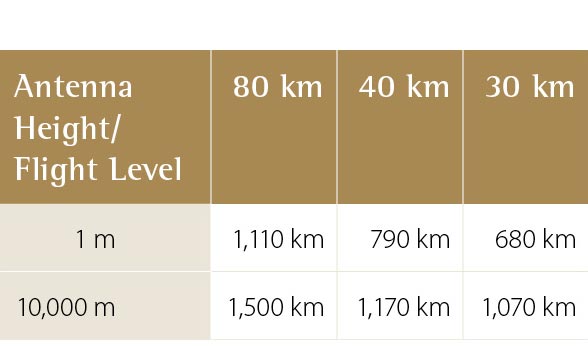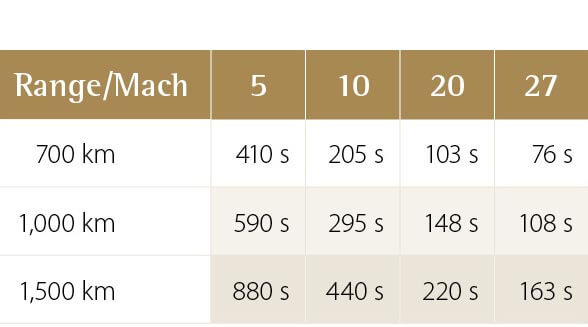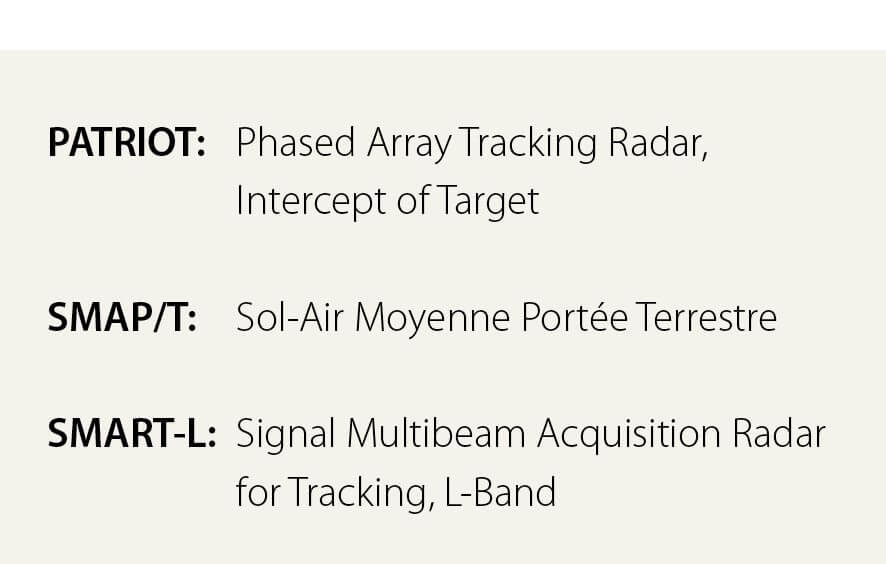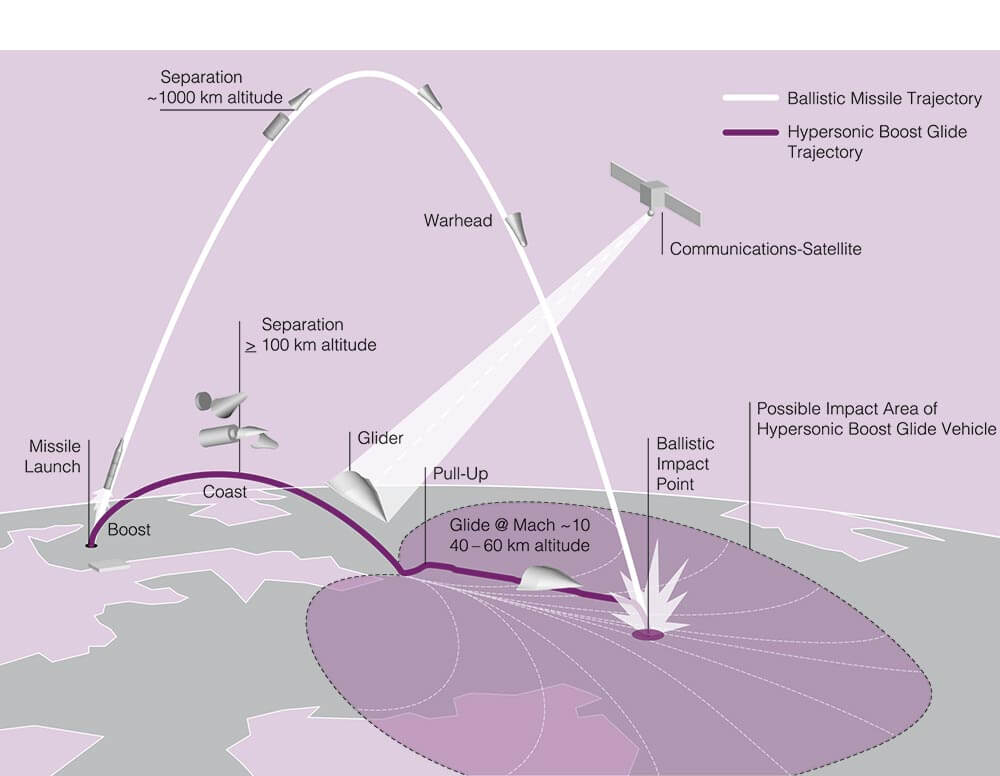Elolvastam -eeees?

Nagyon gyanus, hogy
te nem ertesz angolul kellokeppen...
A cikk konkretan
alatamasztja, amit irtam feljebb: arrol beszel, hogy MI MINDEN HIANYZIK AHHOZ, HOGY VALAMIFELE VEDELEM LEGYEN ELLENUK:
System Requirements for HOT Defence
A comprehensive answer covering system requirements for an effective solution to HOT requires an assessment of all four pillars of NATO Integrated Air and Missile Defence (Active Air Defence, Passive Air Defence, Surveillance and BMC3I) and all steps of the kill chain. Point and area defence plans or schemes of assets must both be assessed.
It would be beneficial to have sufficient sensor capabilities to gain and maintain a continuous track of a HOT from launch to intercept or impact. Due to the relatively low altitude compared to ballistic missiles (HGVs 30-80 km, HCMs 20-40 km), this is hard to achieve. Because of the earth’s curvature and anticipated flight levels, detection ranges are limited.
Therefore, the initial focus should be on the necessary sensor network for early warning (both military and civilian) and engagement; hence the boost phase and the phase before intercept, currently most likely the final phase. These ranges lead, in combination with the target speed, to corresponding early warning times.
For more accurate and better early warning and cueing of other sensors, space-based sensors in various orbits (e.g. geostationary, low earth orbit) may be beneficial. Detailed requirements for coverage and robustness, especially against peer opponents, must be identified.
Outside of simulation environments, HOT are not available for testing against current AMD weapons systems. This makes solid intelligence data necessary, not only for future defence planning, but also for defining general system requirements. It cannot be stated with high confidence that sensors currently available (e.g. PATRIOT, SAMP/T, SMART-L) are capable of detecting and tracking manoeuvring HOT. Although these systems may be adapted using software fixes, the consequences for the remaining task load (e.g. tracking aircraft or ballistic missiles) must also be identified. Existing early warning systems like the US Shared Early Warning (SEW) system, which uses infrared sensors to detect missiles in their boost phase, should be capable of detecting HGVs and likely HCMs since their boosters have a significant boost phase. The need for further land-, sea-, air- or space-based sensors must be analysed to guarantee successful defensive engagement options against HOT.
Radar sensors seem suitable to produce fire-control solutions for HOT, and point defence should be possible, assuming the availability of suitable sensors and effectors. For a comprehensive area defence, a very large number of sensors is required, especially when considering the need for a robust array of sensors and the required communications architecture. This also necessitates a very robust network and seamless integration into NATINAMDS. Given these networked capabilities, the remote engagement options should be made available to support optimized sensor-effector usage.
Figure 3: Hypersonic Vehicles and Ballistic Missiles in Comparison.
© DLR
In general, an interceptor needs to be capable of reaching an intercept point with its intended target, and it needs to have an appropriate warhead to deliver a sufficient effect on the target. For HOT, this means that interceptors need to reach altitude bands between 20 and 80 km. Also, the interceptor needs to have extended range at high speed, and very high agility to be useful against manoeuvring HOT. Specific parameters for different HOT must be analysed and identified. Options for other than ground-based interceptors should be assessed as well.
Furthermore, the effects on target need to be sufficient to deny the primary mission of the HOT and to minimize collateral damage, such as debris or remaining Weapons of Mass Destruction (WMD). Based on BMD experience, hit-to-kill technology can achieve such effects. Alternatively, interceptors with fragmentation warheads could be effective due to the high speeds, high temperatures and importance of structural integrity of a HOT. Even minor amounts of damage caused by small fragments might be sufficient to cause fatal structural damage. Overall, it has to be analysed, which kind of interceptor is preferable for engaging HOT targets. Directed energy solutions appear to be less promising since HOT are designed to withstand high temperatures by nature. Electronic Warfare such as jamming and spoofing of HOT seems to be very difficult due to the high speed and non-predictability of offensive systems.
On the assumption that a HOT interceptor is available, appropriate fire doctrines need to be determined. This could be supported by ideas from swarm technology or artificial intelligence. Also, a higher level of interceptor autonomy might be useful, but a legal framework to employ such systems must be developed and agreed upon before use.
Conclusion
In the light of Russia’s claim that their HGVs have been operationally available since December 2019 and western scientists’ assessments that the development of HOT is progressing well, it is reasonable to assume that HOT will be appearing on the battlefield within the next 5–10 years; hence the imminence of the threat is very credible. Considering procurement timelines for advanced weapon systems such as HOT defence systems or the time it might take to adapt existing AMD systems, NATO will have a capability gap against HOT for some time. A decision must be made as soon as possible on how to mitigate this gap. The potential deficit in credible deterrence must be offset by a balanced mix of defensive measures and credible measures of ‘deterrence by punishment’. Considering that NATO has no comprehensive area defence against regular cruise missiles for various reasons, it will be even more challenging to achieve this for HOT.
Hence, the initial focus for HOT defence should be point defence of identified critical military or civilian assets.] As a second step, the necessity and feasibility of area defence needs to be looked at and possibly implemented. Overall, NATO must ensure that the required framework for credible deterrence of adversaries with HOT remains intact.
Roviden:
meg tervben sincs semmifele NATO-szintu HOT defence system, az ember jol osszeirta, milyen messze jarunk tole.
Pont ugy, mint a NATO tavaly nyari hypersonic summaryje, keresd meg es olvasd el, jol osszefoglaltak, miert nincs vedelem ellenuk jelenleg.
Igen, ABM rendszereken vannak radarok es bizonyos fazisokban tudjak trackelni a HGV/HCMet is. Ezt eddig is tudtuk.
Es?
Yup, cikkcakk.
Ahhoz kepest, amire az osszes jelenlegi interceptor egyaltalan tervezve lett, nemhogy valoban kepes, ahhoz kepest cikkcakk es soha a kozelebe nem kerulnek, hacsak nem valami veletlen folytan.
Igen, es?
Mit szeretnel mondani?
Ez a "berakok egy abrat es hatalmas smiley" ez mondjuk a humor temaban elfogadott. Talan.
Figyu, nem tudom, hogy fogalmazzam meg finoman...
...itt es most
beideztel egy angol nyelvu cikket, ami szo szerint engem igazol, de te egyertelmuen az ellenkezojet hitted rola. 

Ezen a ponton szerinted mit mondjak?

Ezen a ponton szerintem mar nagyon nem kellene a "tudomanyos alapismeretek" halandzsaval probalkozni, mert mar igy is remesen kinos ez az egesz.
(Es meg inkabb az lesz, ha egyszer lesz ra kedvem es idom es izekre szedem ezt az egesz katyvaszt, amit itt oldalakon at eroltettek, mindenfele fact meg tenyalap nelkul, levegobol elohuzott adatokkal meg allitasokkal. FYI mernokkent kifejezetten szorakoztatoak az ilyen harmatgyenge patronizing attemptek.

)













 )
)
